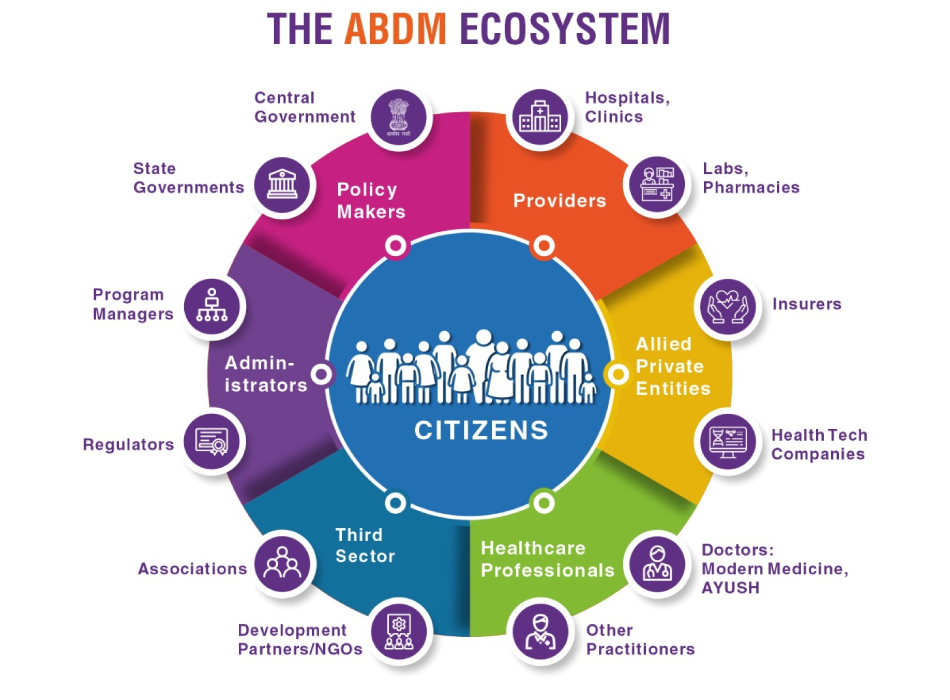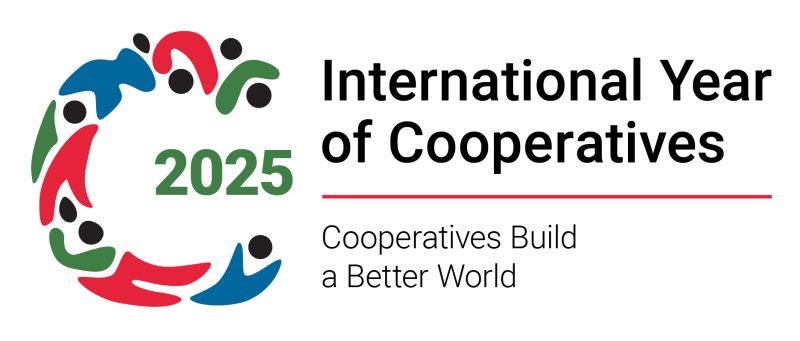The Ayushman Bharat Digital Mission(ABDM) aims to develop the backbone necessary to support the integrated digital health infrastructure of the country. It will bridge the existing gap amongst different stakeholders of Healthcare ecosystem through digital highways.

ABDM shall create a seamless online platform “through the provision of a wide-range of data, information and infrastructure services, duly leveraging open, interoperable, standards-based digital systems” while ensuring the security, confidentiality and privacy of health-related personal information.






To strengthen the accessibility and equity of health services, including continuum of care with citizen as the owner of data, in a holistic healthcare programme approach leveraging IT & associated technologies and support the existing health systems in a ‘citizen-centric’ approach, the ABDM envisages the following specific objectives:
The National Health Policy (NHP) 2017 has the following goal:To create a national digital health ecosystem that supports universal health coverage in an efficient, accessible, inclusive, affordable, timely and safe manner, that provides a wide-range of data, information and infrastructure services, duly leveraging open, interoperable, standards-based digital systems, and ensures the security, confidentiality and privacy of health-related personal information.






To strengthen the accessibility and equity of health services, including continuum of care with citizen as the owner of data, in a holistic healthcare programme approach leveraging IT & associated technologies and support the existing health systems in a ‘citizen-centric’ approach, the ABDM envisages the following specific objectives:
The current strong public digital infrastructure—including that related to Aadhaar, Unified Payments Interface and wide reach of the Internet and mobile phones (JAM trinity) —provides a strong platform for establishing the building blocks of ABDM. The existing ability to digitally identify people, doctors, and health facilities, facilitate electronic signatures, ensure non-repudiable contracts, make paperless payments, securely store digital records, and contact people provide opportunities to streamline healthcare information through digital management.
© 2019 NHA All Rights Reserved.











